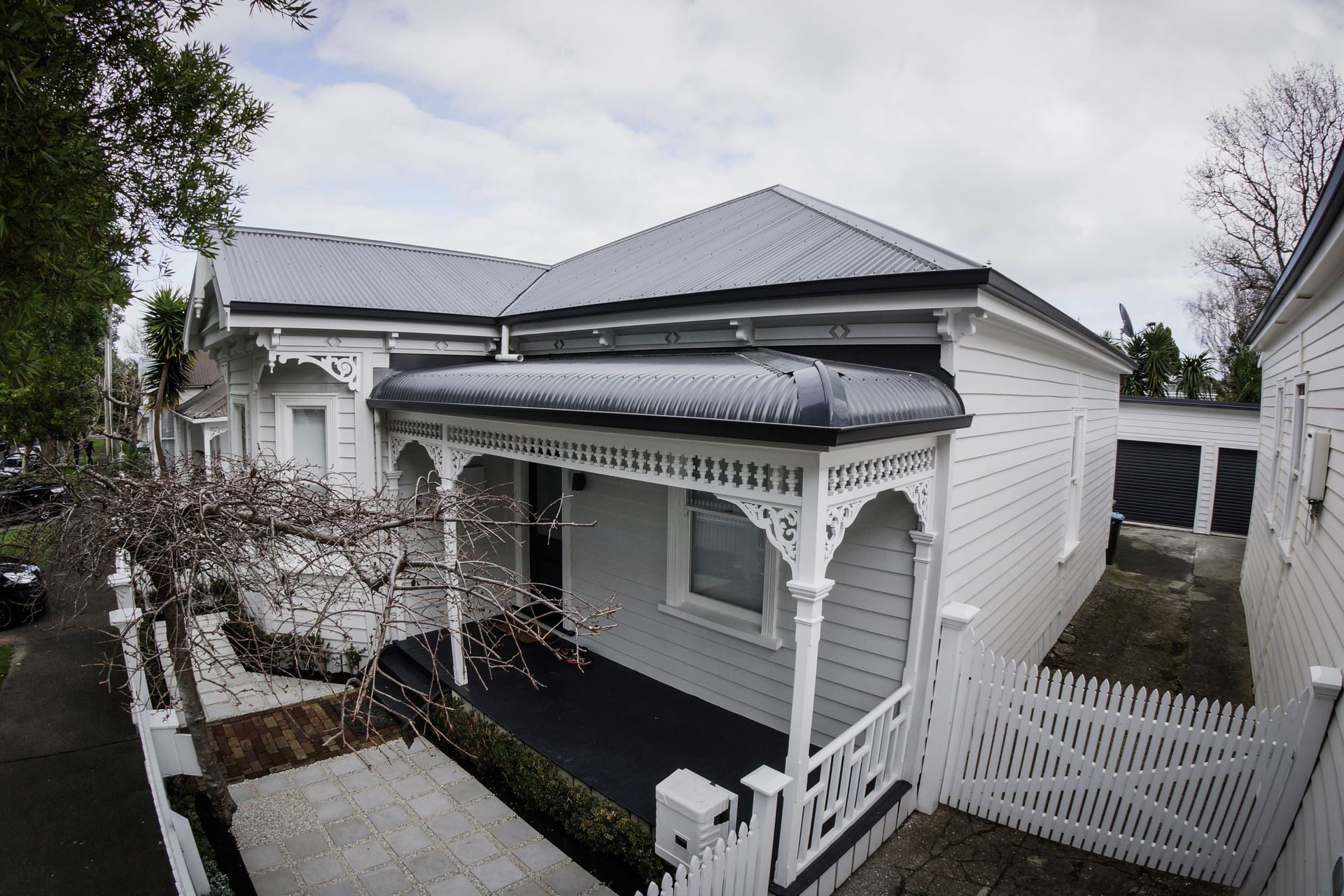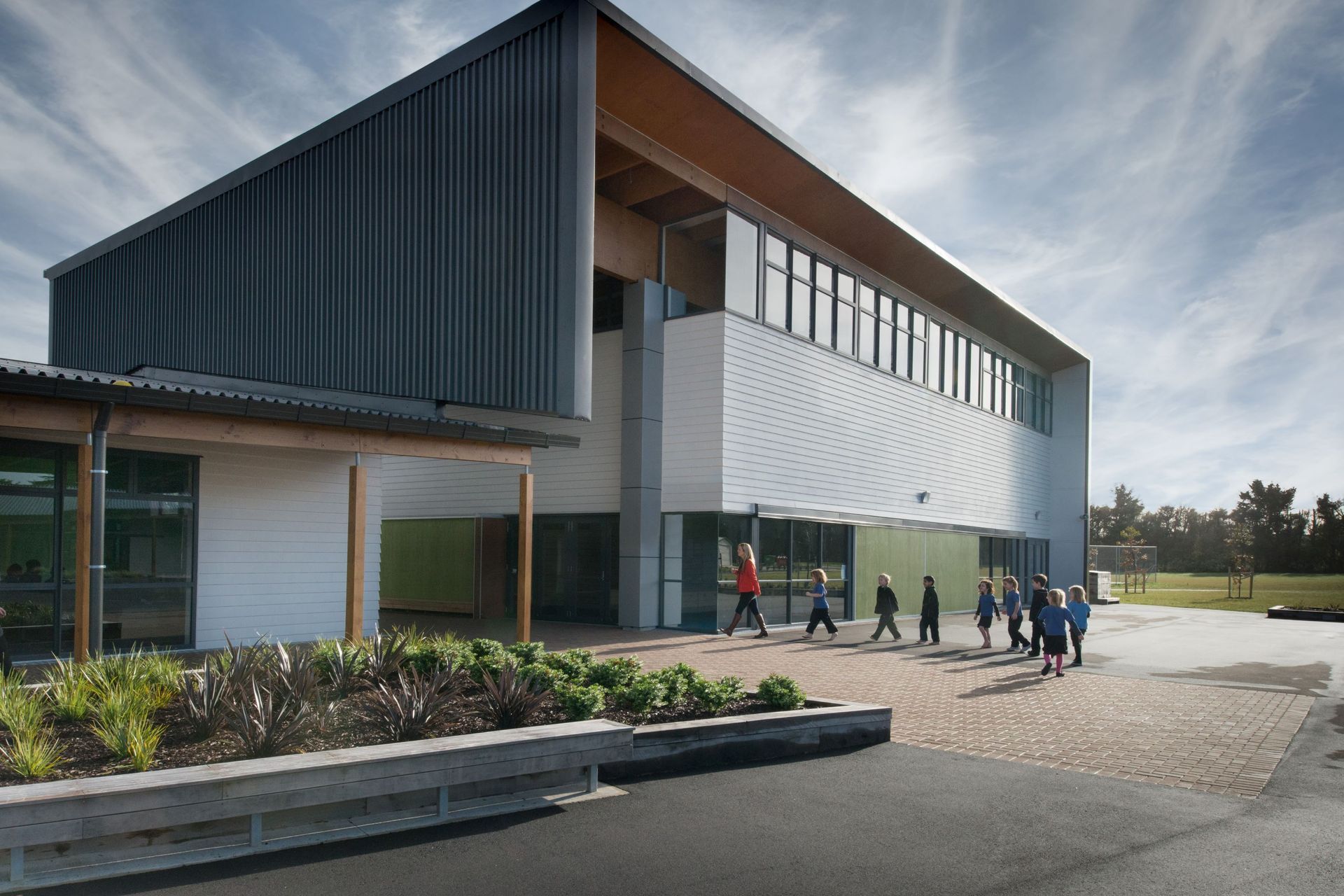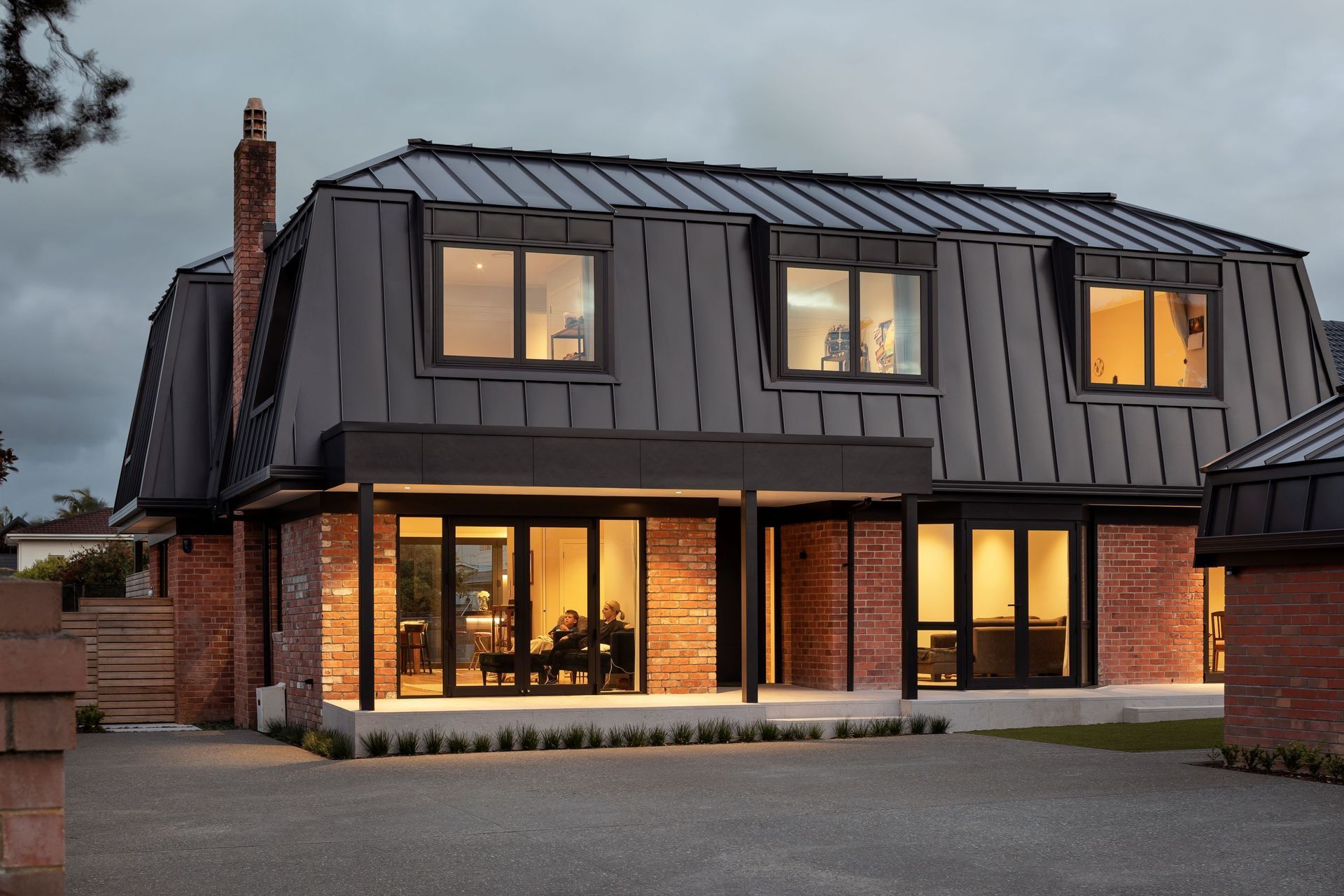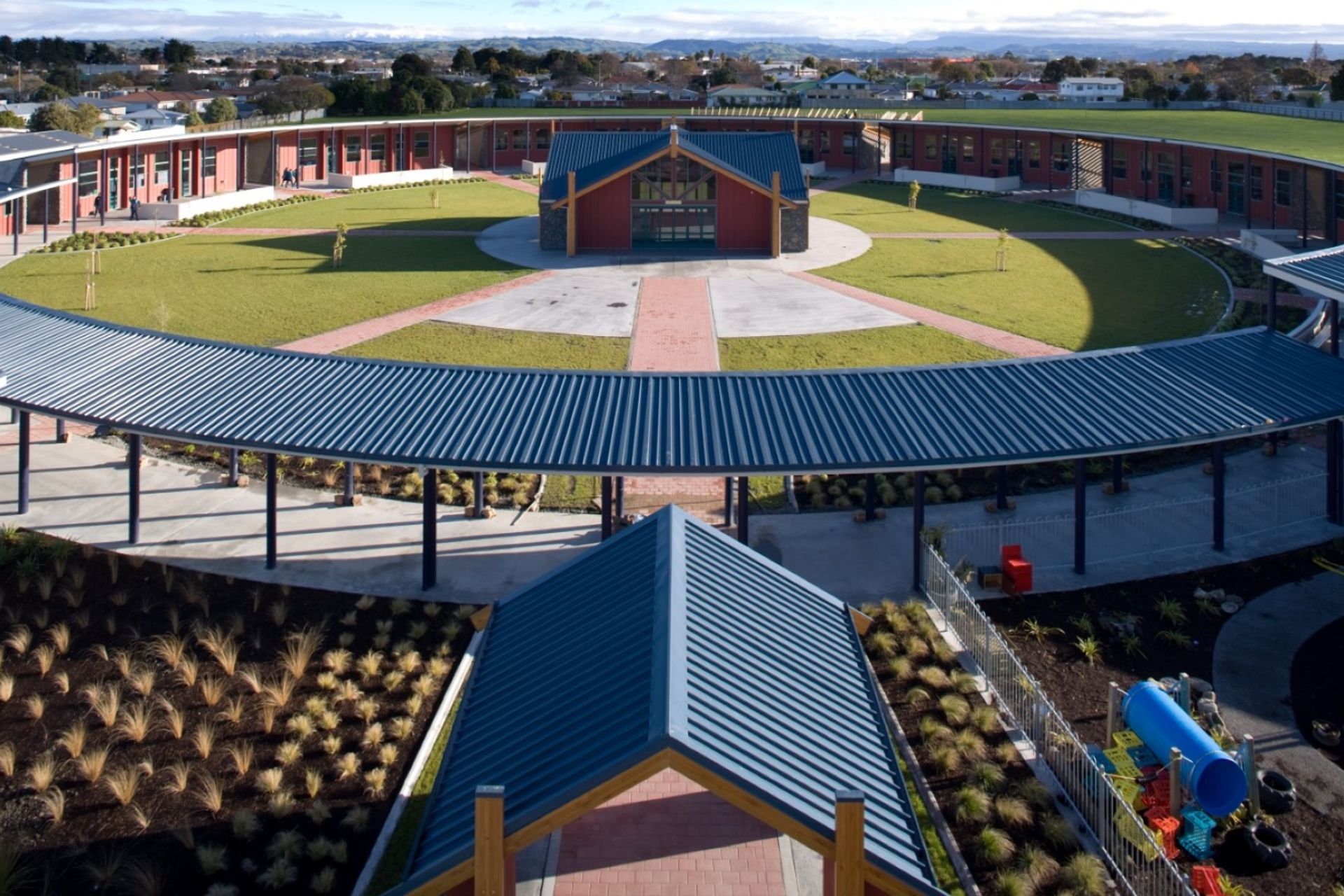A deep dive into contemporary steel roof styles in New Zealand
Written by
13 November 2023
•
6 min read
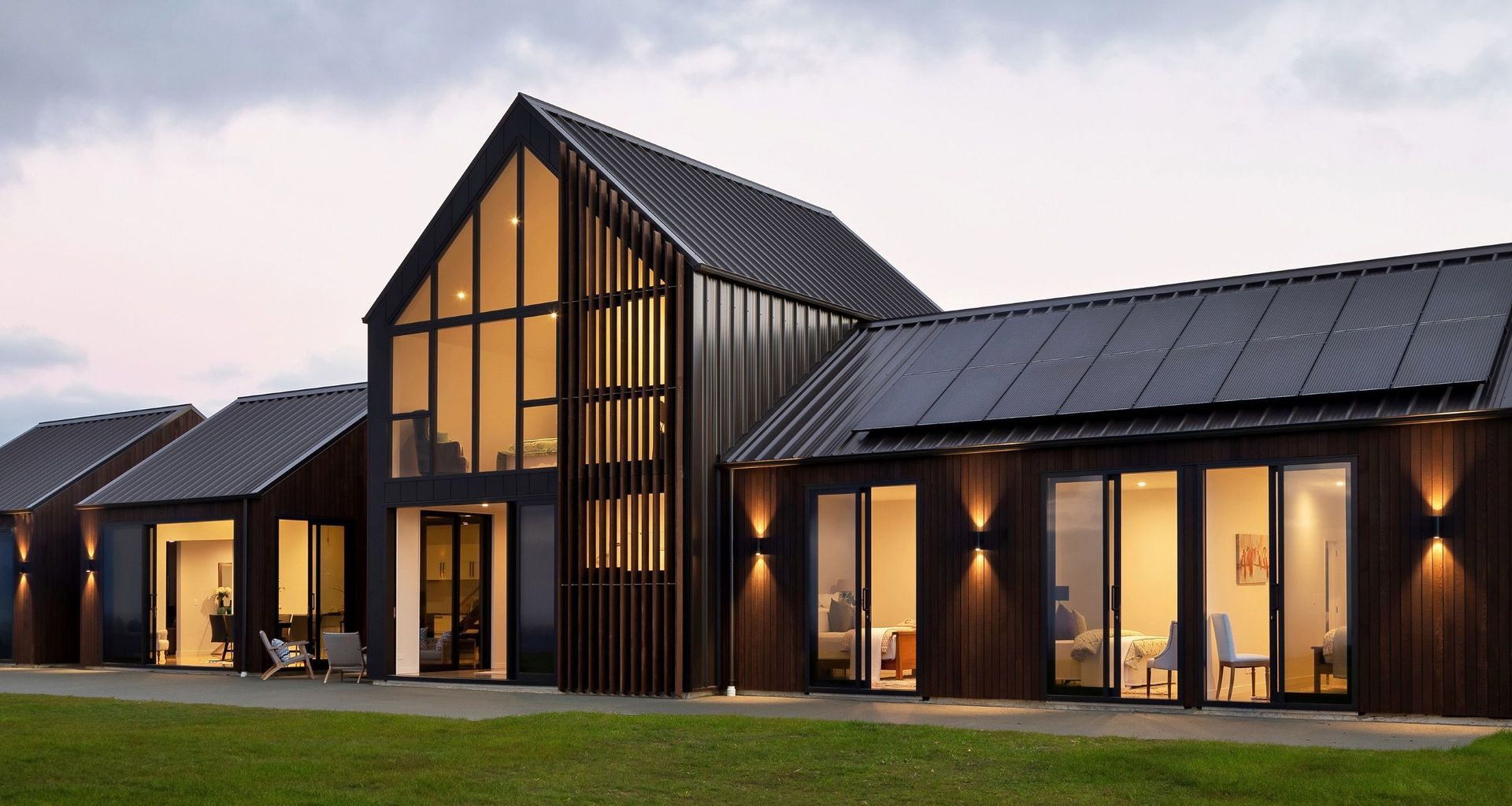
Longrun steel roofing has always had undeniable qualities of strength and resilience, earning its trust as a dependable solution among those in the industry. In recent years, however, it has also excelled with its versatility and undeniable aesthetic appeal. The combination of classic design principles and modern engineering has led to a number of stand-out longrun steel roofing styles that have redefined the skyline of the nation.
Corrugated metal roofing — tried and true
Corrugated metal roofing has iconic status in New Zealand as the traditional choice for countless homes for over a century. Its wavy profile is unique and distinctive, instantly recognised not only here but around the world. As Logan Price from Steel & Tube explains, its success is down to a number of strong traits.
“The traditional corrugated profile endures in New Zealand due to its durability, affordability, and resistance to the country's often harsh weather conditions. Its historical legacy, cultural significance, and adaptability have also contributed to its enduring popularity, making it a trusted choice for roofing and cladding in New Zealand.”
While it’s seen as the standard staple choice as far as metal roofing options go, this hasn’t precluded it from innovation over this time.
“Traditional corrugated metal roofing has evolved over the years, primarily through material advancements, coatings, fastening systems, and environmental considerations,” shares Price. “Technological improvements in manufacturing processes and the availability of various profiles and shapes offer a greater choice and efficiency when it comes to this enduring roofing option.”
There’s also a notion held by some that corrugated roofing isn’t suited to modern homes but this is not supported by professionals in the field.
“Corrugated steel roofs can indeed be well-suited to modern homes. Their aesthetic versatility, durability, low maintenance requirements, and cost-effectiveness make them a practical choice for contemporary residences. Additionally, resistance to environmental challenges and energy-efficient potential further enhance their suitability for modern housing.”
Trapezoidal metal roofing — personification of versatility
The trapezoidal roofing profile takes a sleek trapezium form and is a popular choice for new builds in New Zealand. Its geometric design also gives it excellent structural strength allowing it to span long distances. This makes it ideal for both residential and commercial projects.
“The trapezoidal roofing profile is a preferred choice for new homes and construction projects in New Zealand due to its strong weather resistance, durability, and efficient water drainage. Its design flexibility allows for customisation to match diverse architectural styles,” says Price.
Within the trapezoidal style, you’ll find a range of variations between products with respect to the angle and height of the trapezoid rib. The Six Rib Roofing from Steel & Tube, for instance, has a rib height of 21mm, which directly impacts its performance.
“The rib height in trapezoidal steel roofing is a significant factor with multiple implications. It directly affects the roof's strength and load-bearing capacity, determining the span between support structures and influencing water drainage. Deeper ribs can offer superior structural strength and efficient water shedding, reducing the risk of leaks and water damage. The choice of rib height also contributes to the roof's aesthetic appeal, as different heights create distinct architectural styles, making it a crucial design consideration in construction projects.”
Standing seam metal roofing — rich in heritage and value
Standing seam metal roofing, like Seamlok Roofing from Steel & Tube, is an increasingly popular choice in New Zealand thanks to its smooth and clean appearance, facilitated by the hidden fasteners in its design. Its origins hark back to the 18th century, showing its lasting appeal and versatility. The raised seams in its design make water runoff extremely efficient - an important quality to have for roofing in this country.
“Standing seam steel roofing is inherently versatile thanks to its sleek aesthetic appeal, customisable profiles, a variety of available materials and colours, long-lasting durability, resistance to weather elements, and low maintenance requirements. This versatility makes it a popular choice for a broad spectrum of construction projects, from residential to commercial and industrial applications.”
One of the critical points of difference with standing seam roofing is its aforementioned hidden fasteners. While the improved appearance of this is self-evident, there are a number of other benefits, too.
“The benefits of the hidden fasteners include improved aesthetics, reduced risk of leaks, less trip hazards and accommodation for thermal expansion. While their installation may require specialised expertise and equipment, the long-term advantages in terms of durability and appearance make them a valuable choice for roofing applications where a sleek, enduring finish is essential.”
Trough section metal roofing — architect’s choice
Trough section profiles like Steel & Tube’s Hi Rib Roofing, typically have wide pans and high ribs, increasing water-carrying capacity and the spanning distance between purlins. These traits also make them very well suited to a variety of different roof types (i.e. low pitch, long lengths, steep pitches etcetera). For this reason, they are often favoured by architects and builders for homes with interesting architectural features. The unique traits of trough section roofing allow it to perform in this versatile way.
“Trough profiles utilise clips for attachment rather than pierce fasteners, reducing thermal movement restrictions and minimising cladding penetrations. These profiles, characterised by steep-sided ribs and wide pans, enhance water-carrying capacity and enable effective watertight flashing design. While traditionally employed for pitches as low as one degree, durability concerns stemming from deflection and ponding have raised the minimum recommended pitch to three degrees.”
Popular steel roof options for residential and commercial projects
Having covered the most common styles of metal roofing available on our shores, we asked Price about the most popular steel roof products people were choosing for residential and commercial projects in New Zealand.
“For residential projects, Steel & Tube Custom Orb (corrugated roof style) and Plumbdek (trapezoidal style) are commonly used due to their durability, weather resistance, and relatively low maintenance requirements. They are available in a variety of styles and colours, allowing homeowners to choose an option that suits their preferences and the architectural style of their homes,” says Price. “For commercial projects, Steel & Tube ST963 (trapezoidal style) is a popular choice because it offers a cost-effective and durable roofing solution. Commercial buildings often have large roof areas and large spanning distances between purlins and Steel & Tube ST963 can cover these areas efficiently and economically. It is particularly favoured for warehouses, industrial facilities, and retail spaces but also looks great on architectural residential projects.”
Lastly, we asked Price for any final tips for deciding which choice is best for you.
“All of our Steel & Tube roofing profiles can be used for residential roofs but to help you choose you need to factor in your local climate, building structure, roofing material (COLORSTEEL ENDURA®, MAXX® OR ALTIMATE®) budget, colour and profile shape. Of course, aesthetics will come down to a personal choice and COLORSTEEL offers a great range of colours to choose from.”
Learn more about Steel & Tube Holding’s products.
